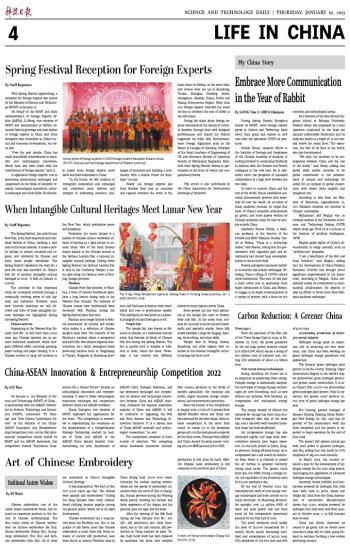
 |
| A work of Hunan embroidery (Xiang Xiu). (PHOTO: VCG) |
Chinese embroidery, one of the oldest extant needlework forms, has enjoyed an important position in the history of Chinese craftsmanship. The four major styles of Chinese embroidery are Suzhou embroidery (Su Xiu), Hunan embroidery (Xiang Xiu), Guangdong embroidery (Yue Xiu) and Sichuan embroidery (Shu Xiu). All of them are nominated as China's Intangible Cultural Heritage.
It was stipulated in The Book of History 4,000 years ago that "the clothes were painted and embroidered." During the Song Dynasty (960-1279), embroidered clothing became popular among the general public, which led to its rapid development.
Chinese embroidery has a long history since the Neolithic era. Due to the quality of silk fibers, most fine Chinese embroidery is made from silk. Some remains of ancient silk production have been found at various Neolithic sites in China dating back 5000-6000 years. Currently, the earliest existing embroideries are two pieces of embroidery unearthed from the tomb of Chu in Changsha, Hunan province during the Warring States period, showing the natural and lively expression of the dragon and the phoenix, plus the tiger and the beast.
After the opening of the Silk Road during the Han Dynasty (202 BC - 220 AD), silk production and trade flourished, and in the 14th century, silk production in China reached its peak. Today, most hand work has been replaced by machines, but some very complex production is still done by hand. Modern Chinese hand embroidery is still common in the southern part of China.







